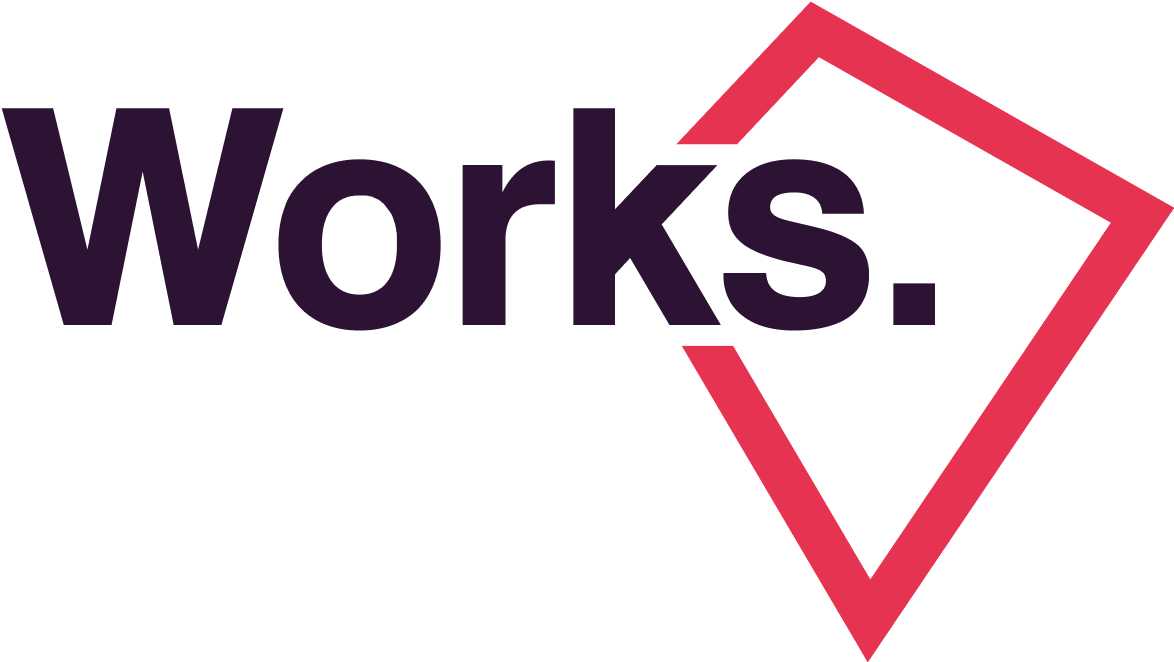Is the UX designer a dying breed?
Do we need more UX experts with very special UX skills? It is a vivid conversation among design professionals. Recent UX trends state: The time of resourceful thinkers may has come over specialized UXers. As a generalist UX designer I strongly sympathize with this myself.
When I set up my mind to become a UX designer, I was overwhelmed by the different positions out there: UX/UI Designer, Product Designer, UX Researcher, Production Designer. Although it was clear that I could not land a Product design role, without the experience. But why not exactly?
I was a skilled consultant and business analyst, worked with clients my whole career in IT and business projects, so problem-solving was basically in my DNA. All the UX courses I took were addition to this: how to interview, why to put the user first and how to create prototypes.
According to my current role, I am an experience designer, which is a fine mixture of the roles of a UX researcher, UX designer, service designer, business analyst and project manager.
I have always explained my role to those, who are not familiar with the term UX designer, that this is a type of consultancy (as I was a consultant for nearly a decade, this was the thing my family was familiar with 🙂). Finally, a role, where I can utilize all my skills I learned as a consultant. I could say I was lucky, but I honestly think that the generalist state-of-mind like mine is the thing that differentiates us from other agencies.
Most of us, experience designers at Works. are generalists. There is a skillset which is essential in this role: being able to talk to clients, conduct user interviews, synthesize problems, and come up with possible solutions.
We help our clients to achieve their business goals with the help of UX, business analyst and project management tools and expertise.
UX: it is a must to be familiar with the typical user behavior, the UX principles, design processes and building up simple to more complex low-fidelity prototypes. The skills mentioned above could be easily linked: UX research and design go hand in hand to create products that users love and use. Also, it is essential to present these ideas on a client workshop to stakeholders, to articulate our findings and solutions.
On the other hand, the role of a business analyst or project manager might be odd in an experience designer’s guidebook. A business analyst makes sure that the design meets the client’s expectations, and the requirements are aligned with the design. We map processes, create state diagrams and all the documentation necessary to comprehend the design, so that the clients can understand, and the developers can create the product.
As for project management: well, this is the thing everybody hates from the bottom of their heart (mine included). For me, project management consists of communication, managing tasks, problem-solving and project documentation (such as meeting minutes, retrospectives etc.). None can simply imagine working on a design project without the above, to be able to deliver the project on time.
But this does not mean that all of us are equally skilled in writing lengthy business specifications, building a prototypes or analyzing data from quantitative research. And that is all fine, because we are a team of people with different knowledge and interests.
Nonetheless as an agency, we strive to build-up the most basic skillset of our junior experience designers from the ground up: research, managing their own time and tasks and then widen it afterwards. Research is the foundation that every UX designer can rely on getting in touch with the users, empathizing with their needs and problems are the key to good UX design.
The role of the business analyst is often referred to bridge between business and IT. As an experience designer I believe I am bridging the gap between the users, clients, keeping in mind that the design, always should be feasible for development.
Therefore, the experience designer is more, than a business analyst and more, than a UX designer in one person. Of course, all this does not mean that a design project is a one-man-show as all of us needs to get feedback and ideate from time to time within the team.
Therefore, we ensure that always at least two experience designers work on a project, so they can learn from each other and strengthen each other’s skillsets. One thing is for sure: every one of us in the design team needs to have the basic knowledge of our users, the business and design process and methods while managing their own projects.
What about UI design? In the agency model, where we parallelly work on different project for our clients, it is hard to be a UX and a UI designer at the same time. UI design requires the creative work (suc as mockups, moodboards) and the creation of many screens and design systems, whilst a UX designer must focus on the big picture: the concept, the information architecture, the journeys and so on.
Because of the different approaches and not the required skillset, it is inadmissible, even impossible to do the UX and UI work at the same time. If you are lucky enough to do one after the other, that’s fine, but agencies typically don’t work that way.
Someone who only does UX might be a dying breed, as more and more skills are needed to become successful in the field. In the coming years, these roles might disappear completely as companies begin to realize the benefits of a generalist experience designer. But how can courses and trainings prepare the new entrants for such a challenge? In the next article, we are going to elaborate on this further.


